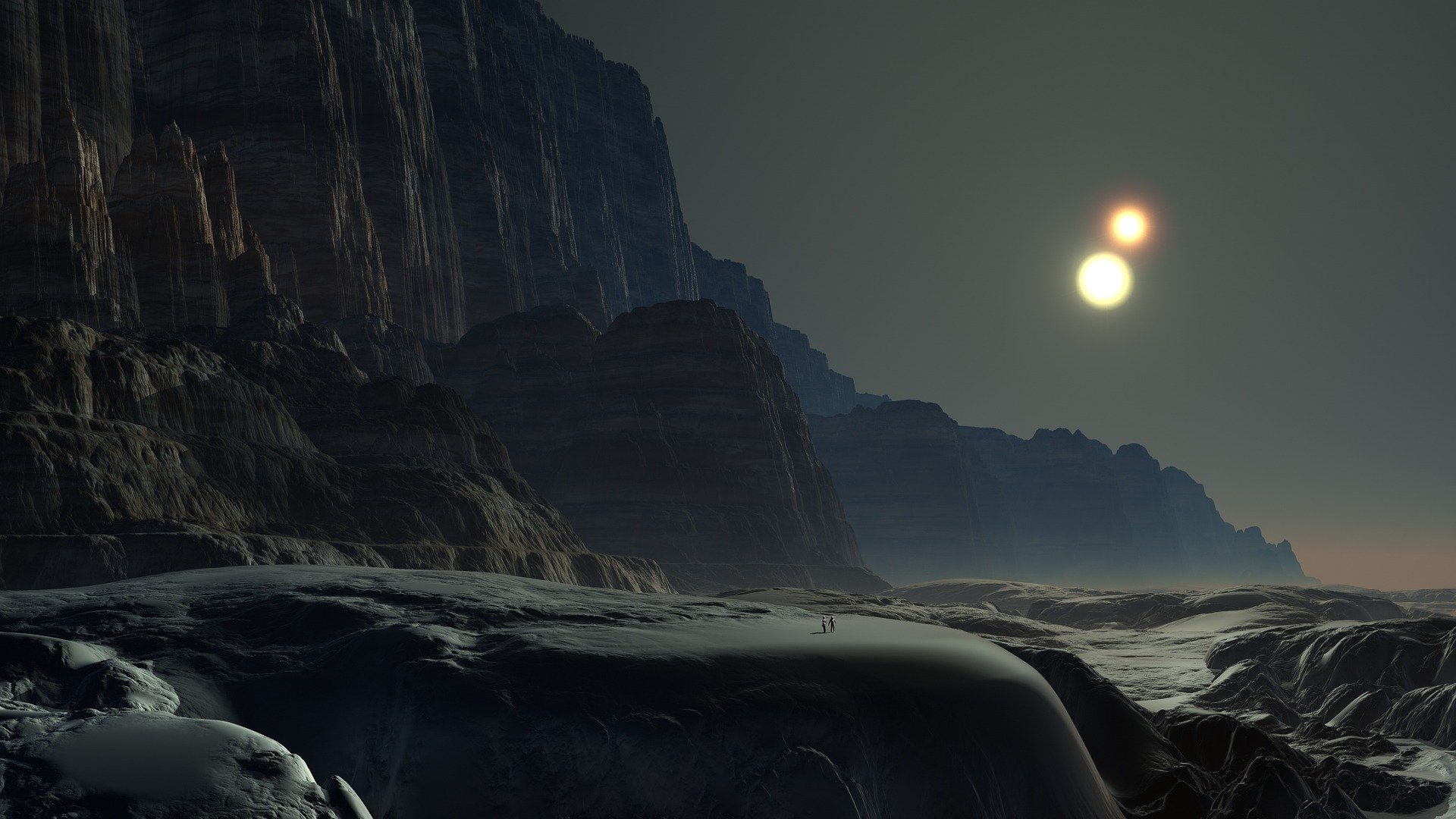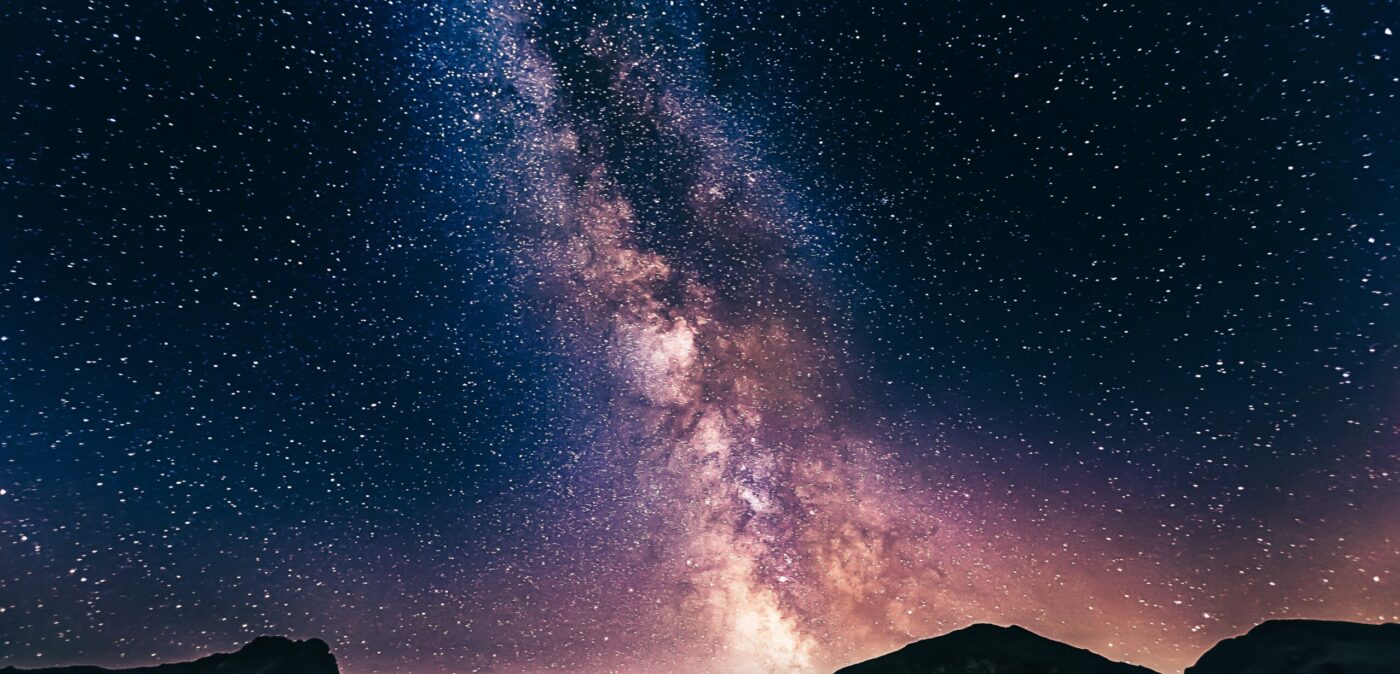
Strange, New Worlds
Space has a reputation for throwing surprises our way. From exploding stars to holes of infinite nothingness, it’s a crazy world out there. There is still much to be discovered about our place in the universe, but some of the things that scientists have found have left us baffled, leading only to more questions. Planets in particular have a habit of disregarding the norm and coming up with plenty of different characteristics for themselves, making the search for exoplanets all the more interesting. Here are 3 different planets that completely redefine the bounds of nature.
HD219134b:
HD219134b is a super-Earth located just 21 light years away in the constellation Cassiopeia. It’s rapid orbit of only 3 Earth days suggests that it’s located very close to its star and therefore suffers from extremely high temperatures. Even though HD209134b is larger than our planet, it’s about 10% to 20% less dense. Scientists speculate that this is due to the abundance of calcium and aluminum. But that’s not even the most interesting part. Due to the conditions of the planet (it’s size, temperature and composition), scientists believe that it’s brimming with sapphires and rubies. HD219134b is one of a kind and just goes to show the diversity found in the universe.
J1407b:
Saturn is often referred to as the jewel of our solar system due to its majestic rings. But it’s not the only one that can grab people attention. J1407b is a giant planet, between 10 to 40 times bigger than Jupiter. To put that into perspective, Jupiter can fit around 1,300 Earth’s within it. With its enormous size comes an enormous amount of gravity, through which it’s able to capture billions of small chunks of rock that make up its dazzling rings. J1407b has rings spread out over 55 million miles. That’s a little less than the distance from Earth to the Sun (93 million miles)! With all that rock plus the extreme gravitational pull, moons have begun to form within its rings. As these moons are created, they leave gaps between J1407b’s rings. The largest one may be due to a moon the size of Earth or Mars!
HD131399Ab:
All the planets in our solar system orbit one star – the sun. In some cases, planets can orbit two stars, creating a binary star system. These systems are extremely interesting to look at because they pose a variety of new challenges to account for. For example, the temperature would easily go the extremes and every solid object would have two different shadows! Up till recently, scientists were fairly knowledgeable of binary systems as they were common throughout the universe. But HD131399Ab presented problems on a whole new level. This planet was found to be orbiting three different stars! It’s not yet clear how this planet orbits the stars without falling into them, but several models and theories have already been proposed. Additionally, scientists speculate that this planet may have formed elsewhere and migrated into its current position since forming a planet in such a location would prove next to impossible.
Resources






Tagged #cassini, #clouds, #hexagonalstorm, #magneticfield, #saturn